

Articles
How To Store Couches In A Storage Unit
Modified: February 22, 2024
Looking for storage ideas for your couches? Learn how to properly store couches in a storage unit with these helpful tips and tricks.
(Many of the links in this article redirect to a specific reviewed product. Your purchase of these products through affiliate links helps to generate commission for Storables.com, at no extra cost. Learn more)
How to Store Couches in a Storage Unit
Storing your couches in a storage unit requires proper preparation and organization to ensure their safety and longevity. Whether you’re relocating, downsizing, or simply need extra space, following these guidelines will help you store your couches effectively.
Choosing the Right Storage Unit
When selecting a storage unit for your couches, consider the following factors:
- Size Requirements: Ensure that the storage unit is large enough to comfortably accommodate your couches without damaging them or restricting access to other items.
- Climate Control Options: If you live in an area with extreme temperatures or high humidity, opt for a storage unit with climate control to protect your couches from potential damage.
- Accessibility and Security: Choose a storage facility that offers convenient access hours and has robust security measures in place to give you peace of mind.
Preparing Your Couch for Storage
Before placing your couches in storage, take the following steps:
- Cleaning the Couch: Vacuum your couches thoroughly to remove any loose debris. Treat any stains and spills before storing to prevent them from setting in.
- Disassembling the Couch: If your couch has detachable parts such as cushions or legs, remove them to save space and prevent damage during storage. Label and organize the components for easy reassembly later.
Wrapping and Protecting Your Couch
To ensure your couches remain in pristine condition while in storage, follow these steps:
- Gathering Necessary Materials: Gather plastic wrap or furniture covers, bubble wrap or furniture pads, and mattress covers (if applicable).
- Properly Wrapping the Couch: Start by covering the entire couch with plastic wrap or furniture covers. Secure the wrap with tape or straps to keep it in place.
- Using Additional Protection: Add extra padding to delicate areas such as armrests and legs. Cover exposed wooden or metal parts to prevent scratches.
Arranging Your Couch in the Storage Unit
Follow these tips when arranging your couches in the storage unit:
- Cleaning and Preparing the Storage Unit: Clean the storage unit thoroughly before moving your couches in. Ensure there are no pests or moisture that could damage your furniture.
- Planning and Organizing the Space: Maximize vertical space by stacking couches if possible. Leave clear pathways for easy access to each piece. Group similar items together to enhance organization.
Stay tuned, I will continue with the remaining content in the next response.
Key Takeaways:
- Properly preparing and wrapping your couches before storing them in a storage unit is crucial for maintaining their condition and ensuring their longevity.
- Choosing the right storage unit with climate control, security features, and proper organization is essential for safeguarding your couches and preserving their quality.
Read more: How To Store A Couch
Introduction
Properly storing your couches is of utmost importance to ensure their longevity and maintain their overall condition. Whether you’re temporarily moving or looking to declutter your living space, storing your couches in a storage unit offers numerous benefits.
Importance of Proper Couch Storage
Couches are a significant investment in any home, and taking proper care of them will help preserve their quality and lifespan. Improper storage can lead to various issues such as damage, deformation, discoloration, and pest infestations.
By following the right storage techniques, you can prevent these problems and keep your couches in excellent condition. Ensuring cleanliness, protecting against moisture and pests, and minimizing any physical strain on the couches are crucial aspects of proper couch storage.
Benefits of Using a Storage Unit
When it comes to storing couches, using a reputable storage unit offers several advantages:
- Security: Storage units provide enhanced security features such as surveillance cameras, secure locks, and controlled access. This helps safeguard your couches from theft and damage.
- Climate Control: Many storage units offer climate-control options, maintaining a consistent temperature and humidity level. This is especially beneficial for preventing warping, mold growth, or fading of your couches.
- Free Up Space: Storing your couches in a storage unit frees up valuable space in your home. This is particularly useful during a move or when renovating, allowing you to temporarily store your couches until they are needed again.
- Flexibility: Storage units offer flexible rental terms, allowing you to choose the duration that suits your needs. Whether you need short-term storage or a long-term solution, there are options available to accommodate you.
- Peace of Mind: Leaving your couches in a storage unit gives you peace of mind knowing that they are protected and well-maintained. You can focus on other tasks without worrying about potential damage or clutter in your living space.
By utilizing a storage unit for your couches, you can ensure their safety and preserve their condition, ultimately extending their lifespan and maximizing their value.
In the next section, we will discuss the factors to consider when choosing the right storage unit for your couches.
Choosing the Right Storage Unit
When it comes to storing your couches, choosing the right storage unit is crucial. Considering certain factors will help ensure that your couches are stored in an environment that is both safe and suitable for their preservation.
Size Requirements:
One of the primary considerations when selecting a storage unit for your couches is the size. Take accurate measurements of your couches to determine the space they will require. Consider the width, height, and depth of the couches, including any additional space needed for maneuvering or accessing other items stored in the unit. Be sure to choose a unit that offers sufficient space to accommodate your couches comfortably.
Climate Control Options:
The climate in which the storage unit is located is another critical factor to consider. Extreme temperatures, high humidity levels, or fluctuations in climate can damage your couches. If you are storing your couches in an area with such conditions, it is advisable to choose a storage unit with climate control options. This will help regulate the temperature and humidity levels, providing a stable environment to protect your couches from warping, mold growth, and other forms of damage.
Accessibility and Security:
When selecting a storage unit for your couches, be mindful of the accessibility and security features provided by the facility. Check the access hours to ensure they align with your needs, allowing you to retrieve or store your couches conveniently. Also, inquire about the security measures in place, such as surveillance cameras, controlled access, and secure locks. A storage unit with robust security features will give you peace of mind, knowing that your couches are well-protected from theft or damage.
Additional Considerations:
In addition to the factors above, you may want to consider other aspects such as the reputation of the storage facility, customer reviews and ratings, insurance coverage options, and the cleanliness of the facility. These factors can help guide your decision and ensure that you choose a reliable and reputable storage unit for your precious couches.
By carefully considering the size requirements, climate control options, accessibility, and security features of different storage units, you can make an informed choice that will provide optimal conditions for the storage of your couches.
In the next section, we will discuss how to best prepare your couches before placing them in storage.
Preparing Your Couch for Storage
Properly preparing your couches before placing them in storage is essential to maintain their condition and prevent any damage. Follow these steps to ensure your couches are clean, protected, and ready for storage.
Cleaning the Couch:
Start by thoroughly cleaning your couches to remove any dirt, dust, or debris. Vacuum the cushions, upholstery, and crevices using an upholstery attachment or a handheld vacuum. Pay close attention to any areas where dirt or crumbs may have accumulated.
Treating Stains:
If your couches have any stains or spills, it is crucial to address them before storing. Check the manufacturer’s guidelines for cleaning instructions specific to your couch fabric. Use appropriate cleaning solutions or consult a professional upholstery cleaner if necessary. Allow the couch to dry completely before moving on to the next step.
Disassembling the Couch (if applicable):
If your couch has detachable parts such as cushions, pillows, or legs, it is advisable to disassemble them before storage. This not only saves space but also prevents any potential damage during transportation or while in storage.
Removing Detachable Parts:
Remove the cushions from the couch frame and store them separately. If the couch has removable legs, unscrew them and label them for easy reassembly later. Keep all the detached parts together in a safe place so that they can be easily located when you need to reassemble the couch.
Labeling and Organizing Components:
To make reassembling your couch easier, label the detached parts and keep them organized. Use stickers or labels to mark each component and refer to a diagram or take pictures if necessary. Keeping all the components together will prevent any confusion or misplaced parts when it’s time to assemble the couch again.
Taking the time to properly clean and prepare your couches for storage will help maintain their condition and ensure their longevity. By following these steps, you can protect your couches from dirt, stains, and damage while they are in storage.
In the next section, we will explore how to wrap and protect your couches to safeguard them during storage.
Wrapping and Protecting Your Couch
Properly wrapping and protecting your couches is crucial to ensure their safety and prevent any damage while in storage. Follow these steps to effectively wrap and protect your couches.
Gathering Necessary Materials:
Before wrapping your couches, gather the necessary materials to protect them adequately. You will need:
– Plastic wrap or furniture covers: These will provide a protective layer to shield your couches from dust, dirt, and moisture.
– Bubble wrap or furniture pads: These cushioning materials will add an extra layer of protection against impact and potential scratches.
– Mattress covers (if applicable): If your couch contains a mattress or a pull-out bed, use a specialized mattress cover to protect it from dirt, moisture, and pests.
Properly Wrapping the Couch:
Follow these steps to wrap your couch properly:
1. Start by covering the entire couch with plastic wrap or a furniture cover. Ensure that all surfaces, including the front, back, sides, and arms, are fully covered.
2. Secure the wrap tightly around the couch. Use tape or straps to keep it in place and prevent it from coming loose during transportation or while in storage.
Using Additional Protection for Delicate Areas:
Certain areas of your couch may be more susceptible to damage, so it’s important to provide extra protection:
– Padding Armrests and Legs: Use bubble wrap or furniture pads to cushion the armrests and legs of the couch. This will prevent them from getting scratched or dented during storage.
– Covering Exposed Wooden or Metal Parts: If your couch has exposed wooden or metal parts, such as decorative accents or legs, wrap them in bubble wrap or use furniture pads. This will help avoid any potential damage to these delicate areas.
By properly wrapping and protecting your couch, you can ensure that it remains in excellent condition while in storage. The protective layers will guard against dust, dirt, moisture, and possible scratches during transportation and storage.
In the next section, we will discuss how to arrange your couch in the storage unit for maximum efficiency and safety.
When storing couches in a storage unit, it’s best to disassemble any removable parts, cover the couch with a breathable fabric, and elevate it off the ground to prevent moisture damage.
Read more: How To Store Couches
Arranging Your Couch in the Storage Unit
Properly arranging your couch in the storage unit not only maximizes the available space but also ensures that it remains safe and easily accessible. Follow these tips to arrange your couch in the storage unit efficiently.
Cleaning and Preparing the Storage Unit:
Before moving your couches into the storage unit, it is essential to clean and prepare the space:
– Sweep or vacuum the floor to remove any dirt, debris, or dust.
– Check for any signs of pests or moisture and address them accordingly.
– If possible, consider using moisture-absorbing products like silica gel packets or dehumidifiers to prevent any moisture-related issues.
Planning and Organizing the Space:
A well-planned and organized storage unit will help optimize space and make it easier to access your couches when needed. Consider the following tips for arranging your couches effectively:
– Maximizing Vertical Space: If your storage unit has tall ceilings, utilize vertical space by stacking couches. Place sturdier couches at the bottom and lighter ones on top. Be sure to place protective padding or blankets between the stacked couches to prevent scratches or damage.
– Leaving Pathways for Easy Access: Create clear pathways within the storage unit for easy access to your couches. Leave enough space between rows of couches, allowing you to maneuver comfortably and retrieve items without having to move entire stacks.
– Grouping Similar Items Together: Arrange your couches in a way that groups similar items together. For example, stack couches of the same size or shape together. This helps with organization and makes it easier to locate specific couches when needed.
By properly organizing and arranging your couches in the storage unit, you not only maximize the available space but also ensure easy access to your couches without the risk of damage or inconvenience.
In the next section, we will discuss how to store your couches safely in the storage unit, taking precautions to prevent any potential harm.
Storing Your Couch Safely
Once your couches are properly arranged in the storage unit, it’s essential to take additional steps to ensure their safety during their time in storage. Follow these guidelines to store your couches safely.
Placing the Couch in a Stable Position:
When positioning your couch in the storage unit, ensure it is placed in a stable position. Make sure it is balanced and cannot tip over easily. This will prevent any potential damage to the couch structure or legs, ensuring its stability throughout the storage period.
Avoiding Placing Heavy Items on Top of the Couch:
To prevent any undue stress or potential damage to your couch, avoid placing heavy items on top of it. Heavy items can cause the cushions to compress and lose their shape or possibly damage the frame. Instead, place heavier items on the floor or in a separate area of the storage unit.
Using Furniture Sliders or Dollies (if necessary):
If you need to move your couch within the storage unit, consider using furniture sliders or dollies to minimize strain and avoid dragging the couch. These tools help to reduce the risk of scratches or damage to the couch legs or the floor.
Utilizing Pallets or Raised Platforms to Prevent Moisture Damage:
To protect your couches from potential moisture damage, consider placing them on pallets or raised platforms. This helps to elevate them off the ground, preventing direct contact with any possible moisture that might accumulate on the floor. Additionally, utilizing pallets or platforms can enhance airflow and ventilation under the couch, reducing the risk of mold or mildew growth.
By following these safety measures, you can ensure that your couches are stored securely and minimize the risk of damage while in the storage unit.
In the next section, we will discuss the importance of regular maintenance and check-ins to keep your couches in optimal condition during storage.
Regular Maintenance and Check-ins
Regular maintenance and check-ins are important to ensure that your couches remain in optimal condition during their time in storage. Implementing these practices will help prevent damage, address any issues promptly, and maintain the overall quality of your couches.
Periodic Cleaning and Dusting:
Even while in storage, it’s essential to perform periodic cleaning and dusting on your couches. Dust can accumulate over time, so use a soft cloth or a handheld vacuum with a brush attachment to gently remove any dust or debris from the surfaces of the couches. This keeps them clean and free from dirt buildup.
Checking for Signs of Damage or Pests:
During your check-ins, carefully inspect your couches for any signs of damage or pests. Look for tears, rips, or any potential issues that may have occurred while in storage. Additionally, keep an eye out for signs of pests such as insects or rodents. If you notice any damage or infestation, take prompt action to address the problem to prevent further deterioration of your couches.
Proper Ventilation and Air Circulation:
Ensuring proper ventilation and air circulation in the storage unit is crucial for maintaining the condition of your couches. Adequate airflow reduces the risk of mold, mildew, and musty odors. When conducting your check-ins, ensure that air vents or openings in the storage unit are unblocked to facilitate proper ventilation. If necessary, use fans or dehumidifiers to improve air circulation and reduce humidity levels.
By incorporating regular maintenance and check-ins into your storage routine, you can proactively address any issues, maintain the cleanliness of your couches, and ensure a healthy storage environment.
In the concluding section, we will recap the important tips discussed throughout this article and emphasize the significance of proper couch storage in a storage unit.
Conclusion
Properly storing your couches in a storage unit requires careful preparation and organization to ensure their safety and longevity. By following the tips outlined throughout this article, you can successfully store your couches and keep them in optimal condition. Let’s recap the important tips discussed:
– Choosing the Right Storage Unit: Consider factors such as size requirements, climate control options, and accessibility and security features when selecting a storage unit for your couches.
– Preparing Your Couch for Storage: Clean your couch thoroughly, treat any stains, and disassemble the couch if applicable, labeling and organizing the components.
– Wrapping and Protecting Your Couch: Use plastic wrap or furniture covers to cover the entire couch, secure it with tape or straps, and provide additional protection for delicate areas such as armrests and exposed wooden or metal parts.
– Arranging Your Couch in the Storage Unit: Clean and prepare the storage unit, plan and organize the space by maximizing vertical space, leaving clear pathways, and grouping similar items together.
– Storing Your Couch Safely: Ensure the couch is placed in a stable position, avoid placing heavy items on top of it, use furniture sliders or dollies if necessary, and utilize pallets or raised platforms to prevent moisture damage.
– Regular Maintenance and Check-ins: Periodically clean and dust your couch, check for signs of damage or pests, and ensure proper ventilation and air circulation within the storage unit.
By following these guidelines, you can maintain the quality of your couches and ensure they remain in excellent condition throughout their time in storage.
In conclusion, proper storage techniques are essential for preserving the condition and prolonging the lifespan of your couches. Taking the time and care to prepare, wrap, arrange, and maintain your couches will result in their optimal condition when it’s time to retrieve them from storage. By implementing these practices, you can enjoy your couches for years to come, knowing that they are well-protected and ready to enhance your living space once again.
Frequently Asked Questions about How To Store Couches In A Storage Unit
Was this page helpful?
At Storables.com, we guarantee accurate and reliable information. Our content, validated by Expert Board Contributors, is crafted following stringent Editorial Policies. We're committed to providing you with well-researched, expert-backed insights for all your informational needs.

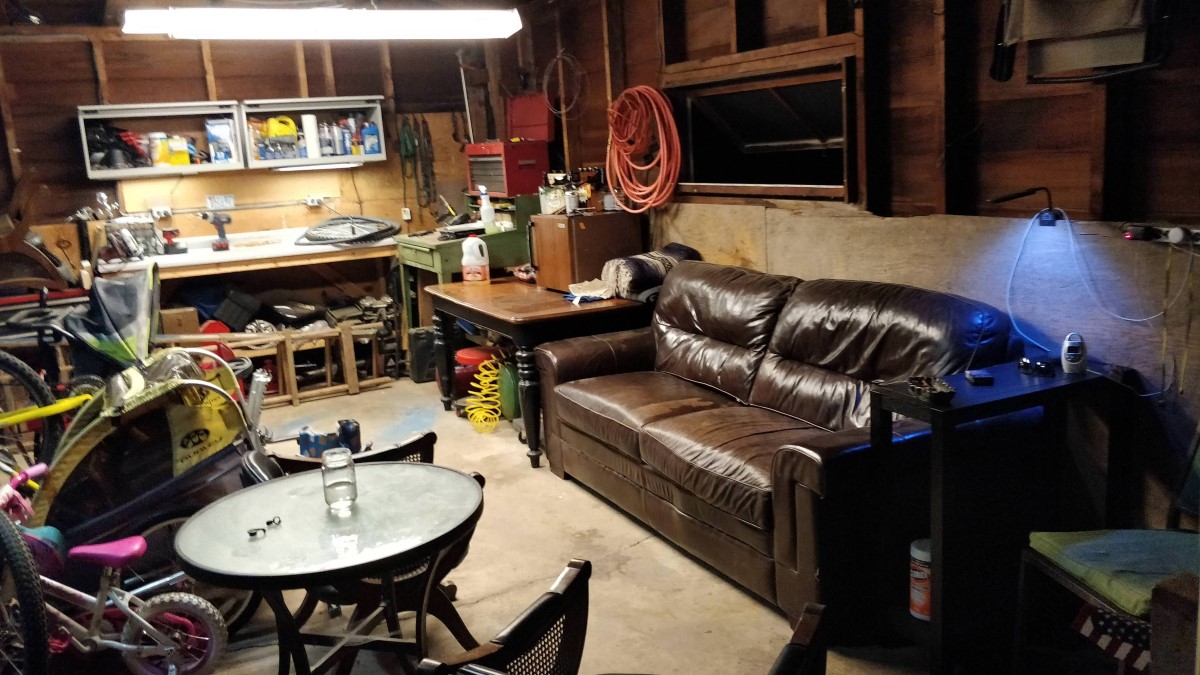
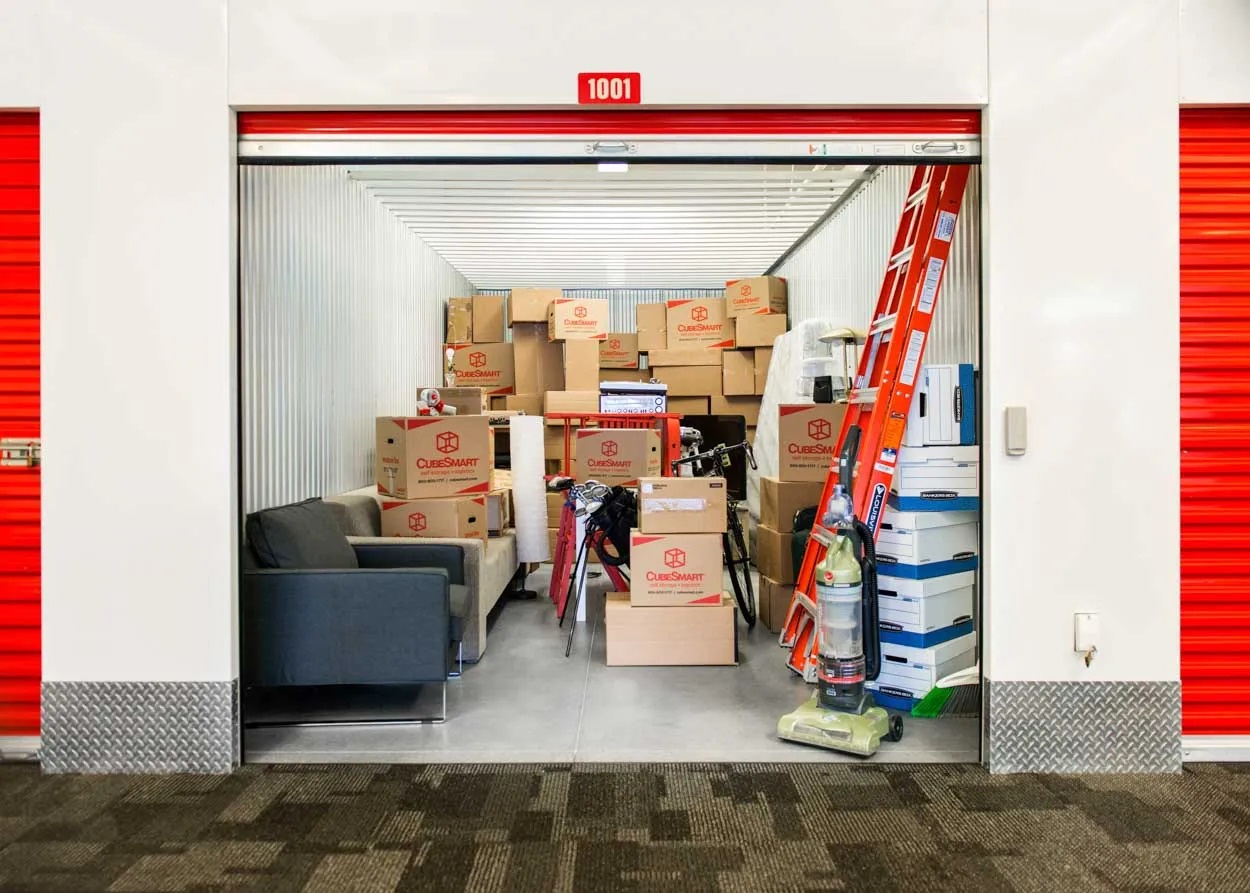
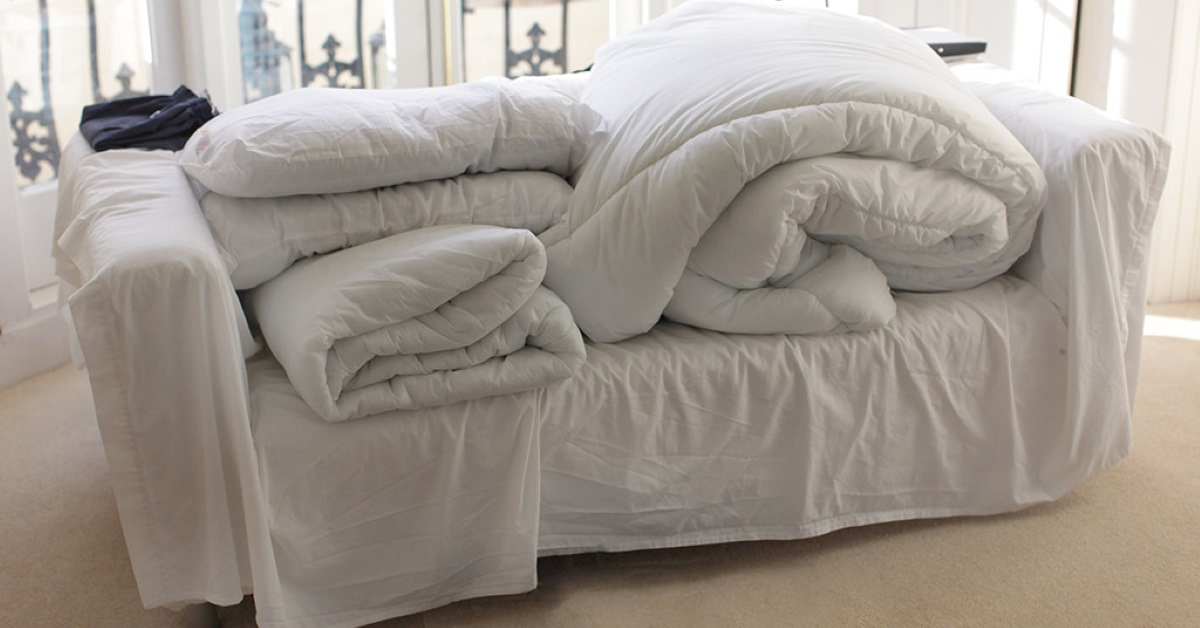
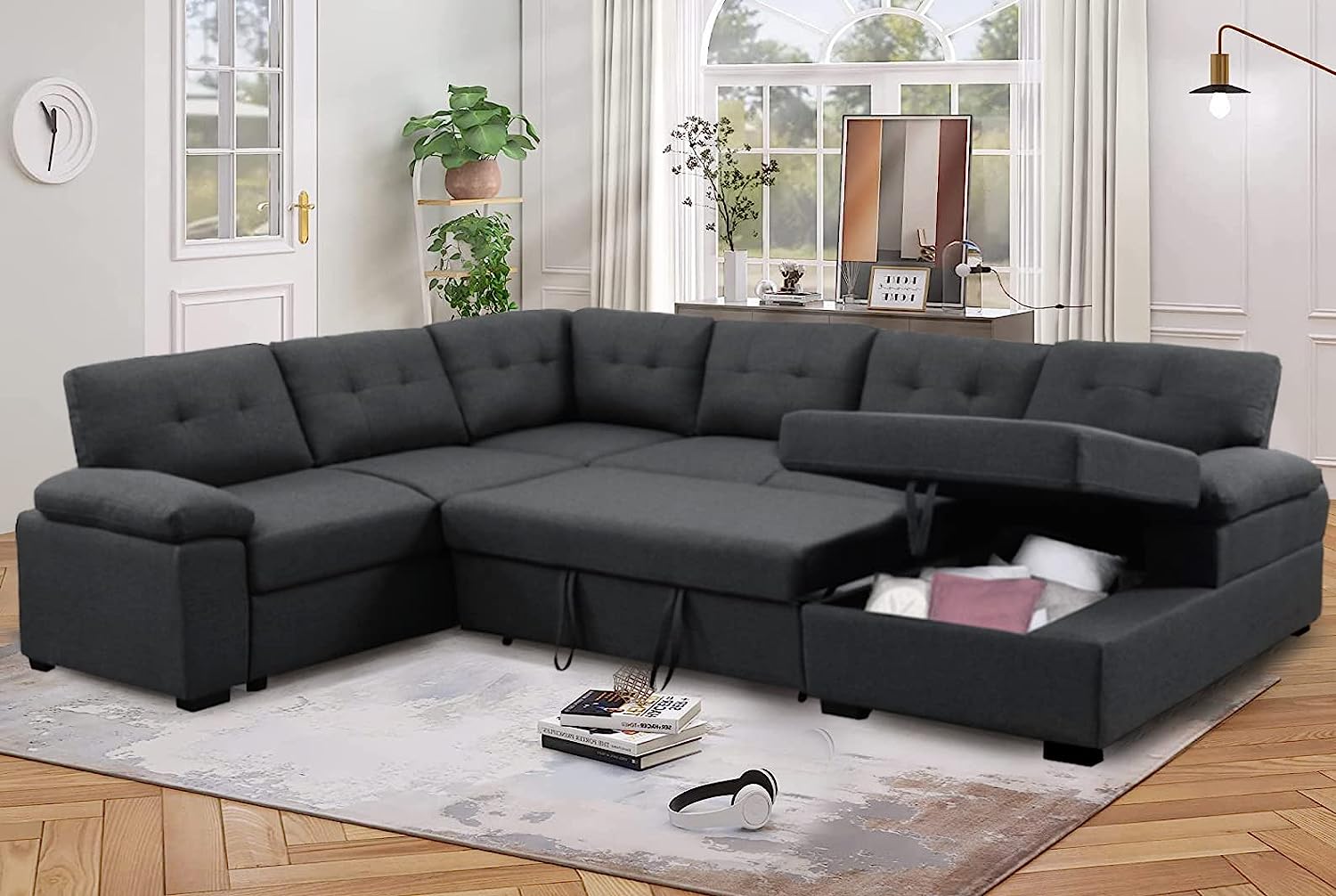
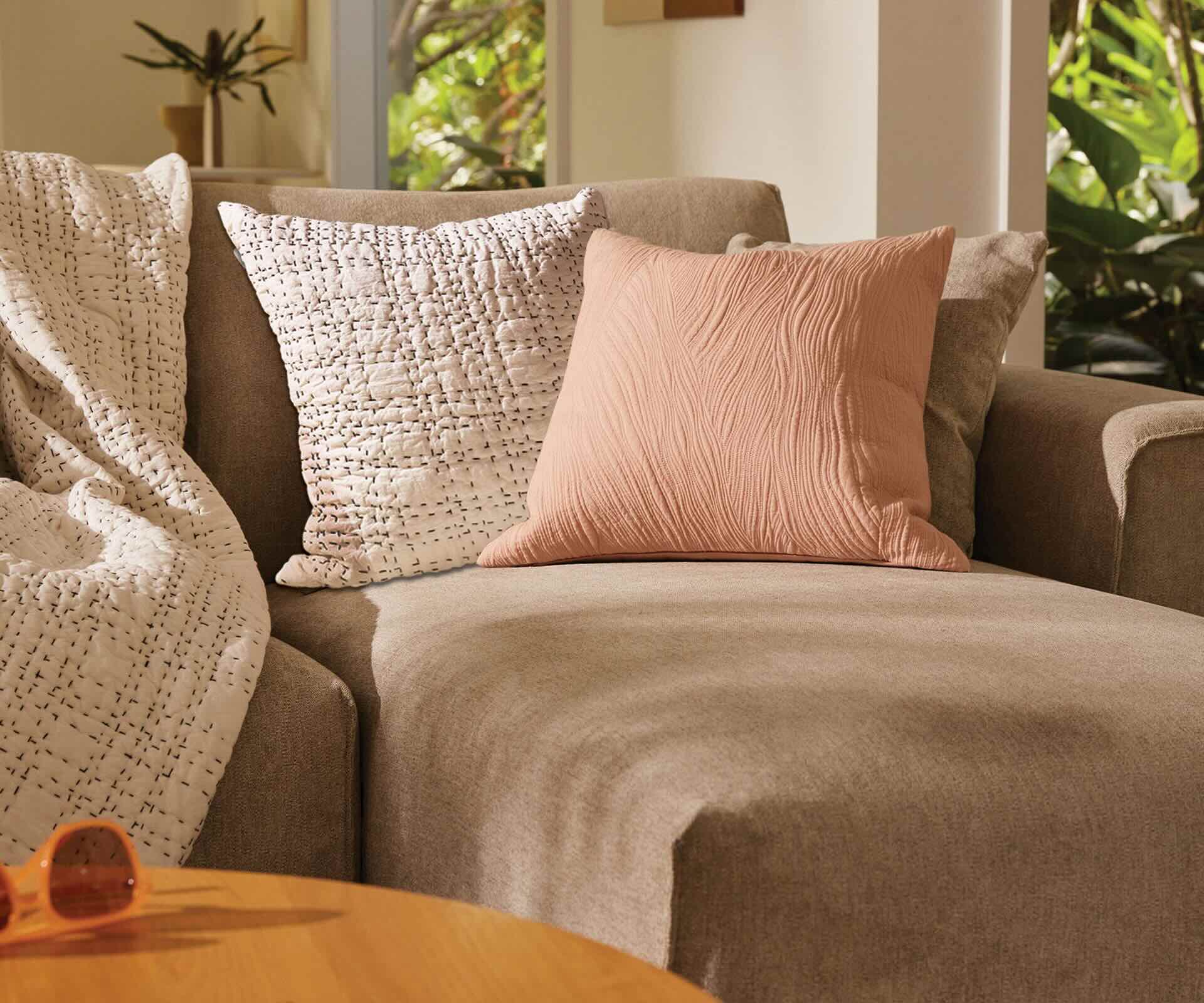
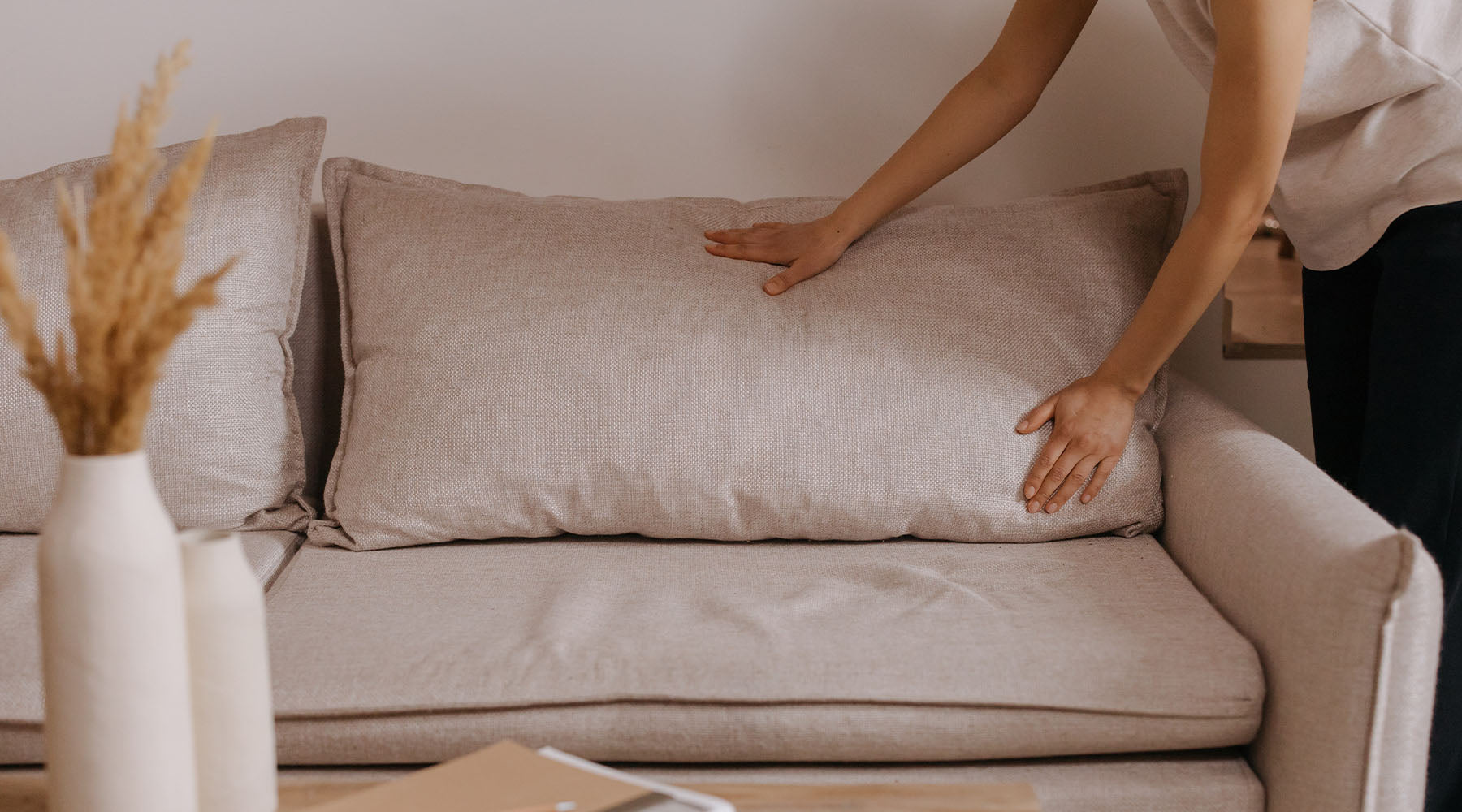

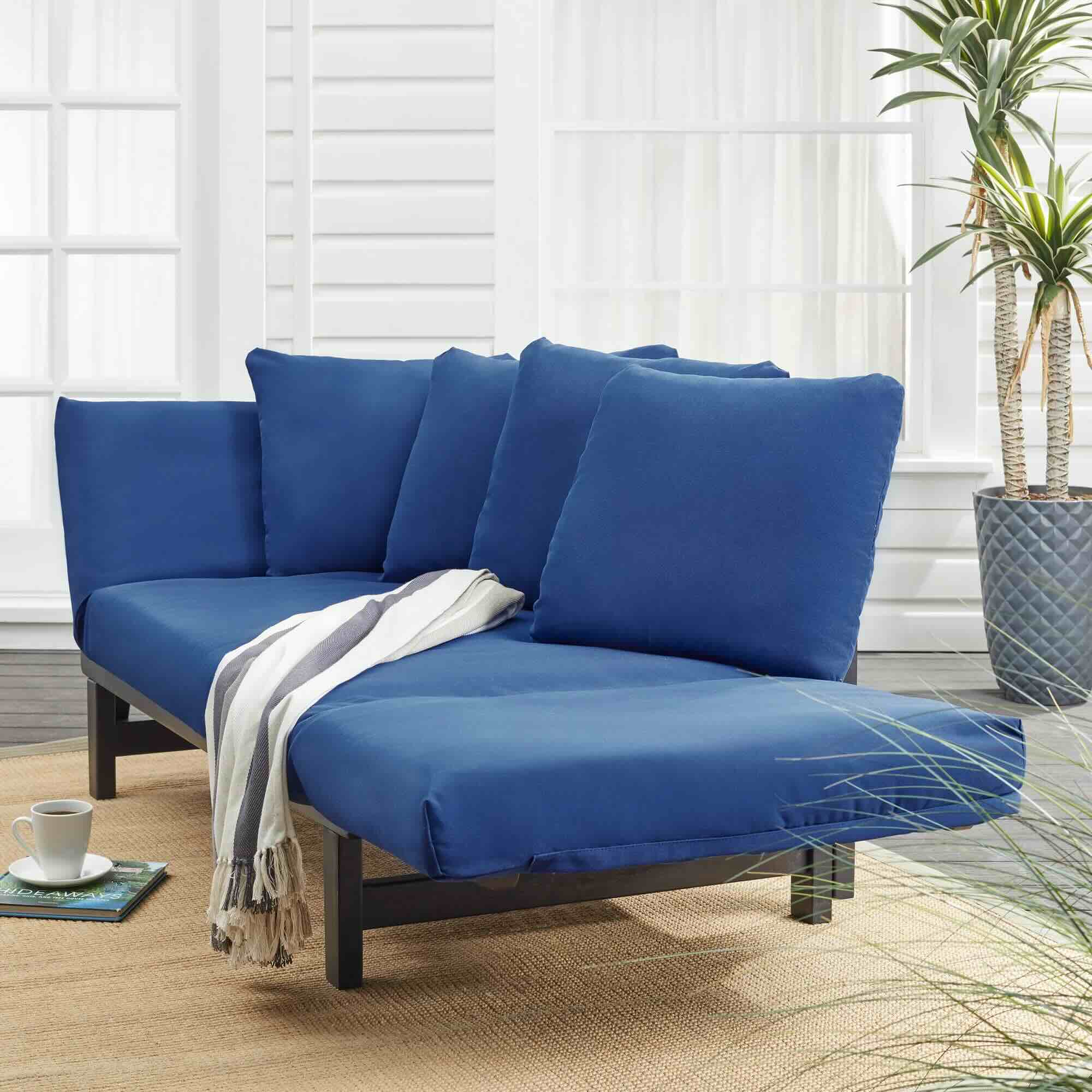

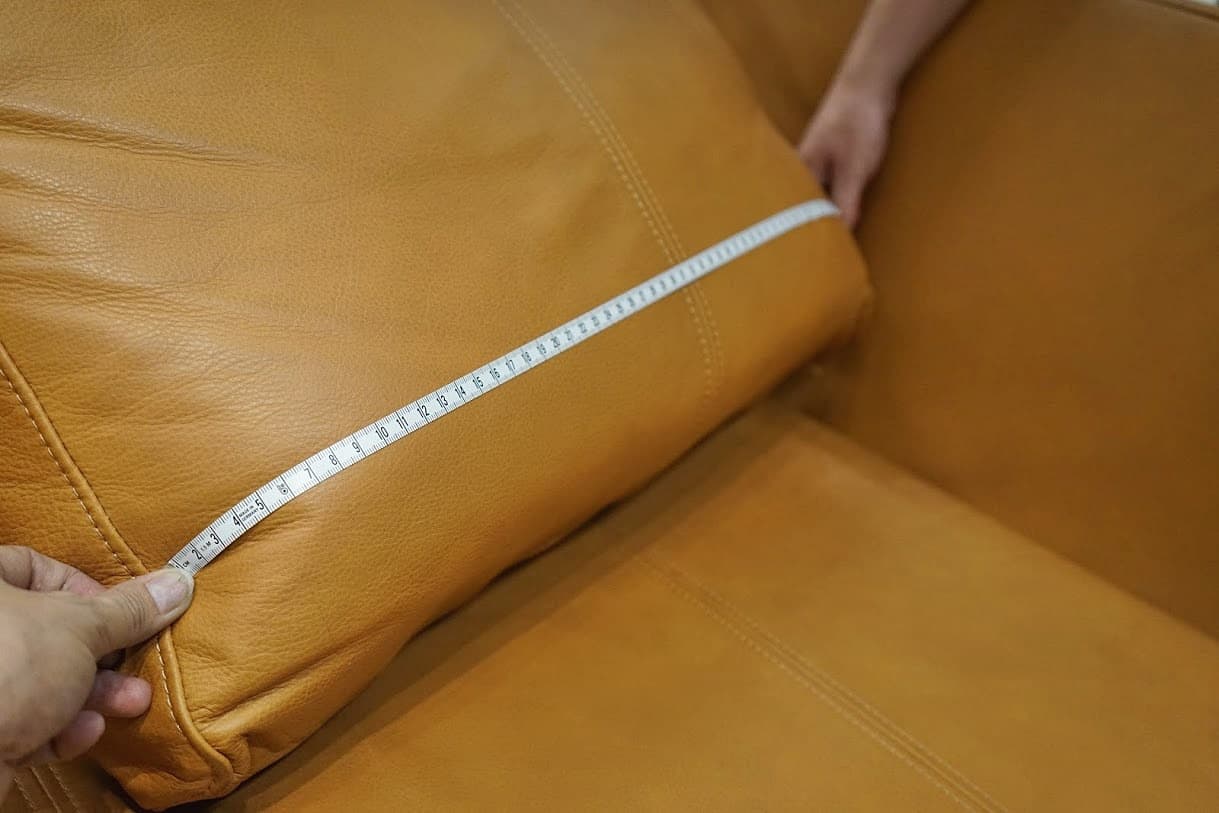
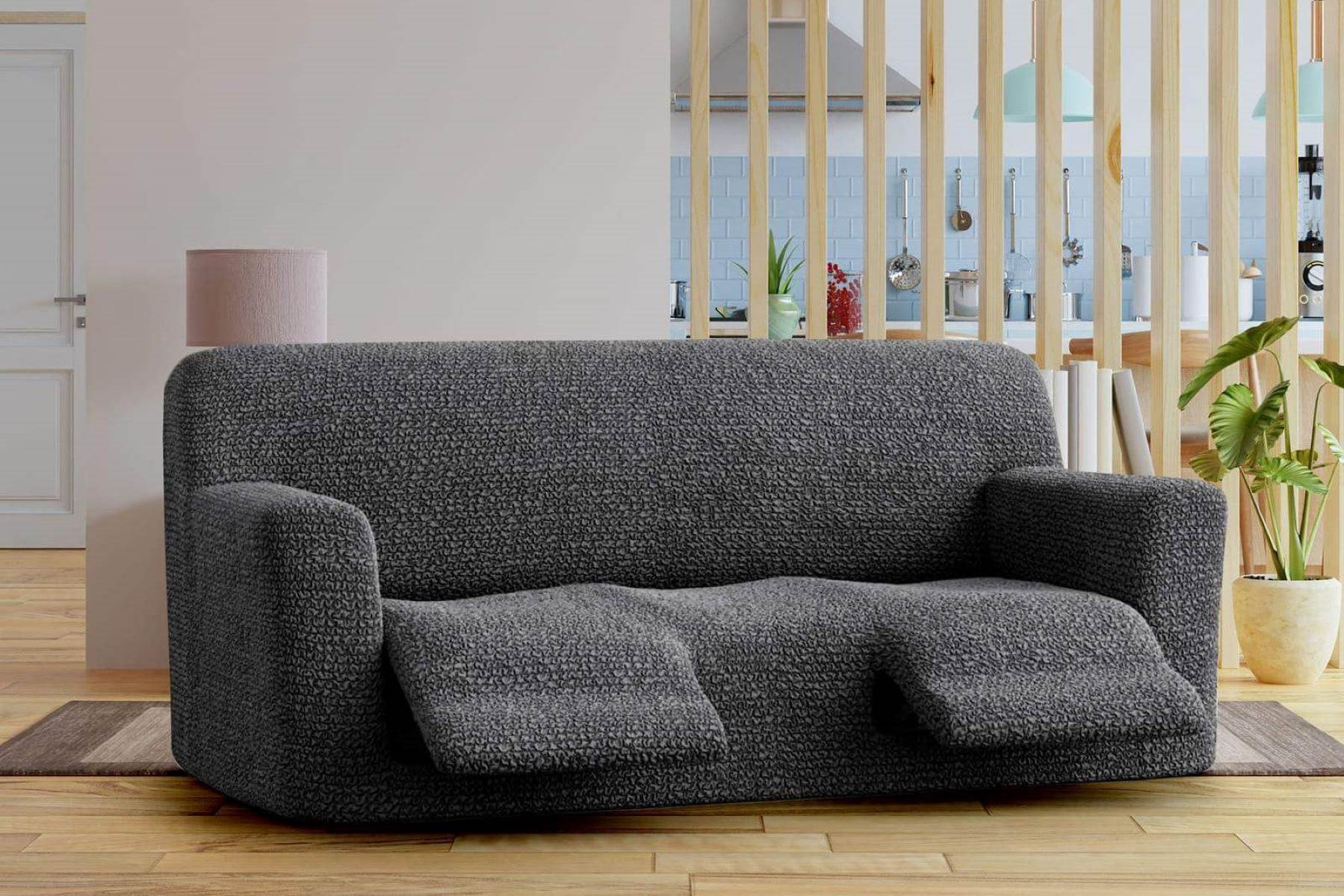
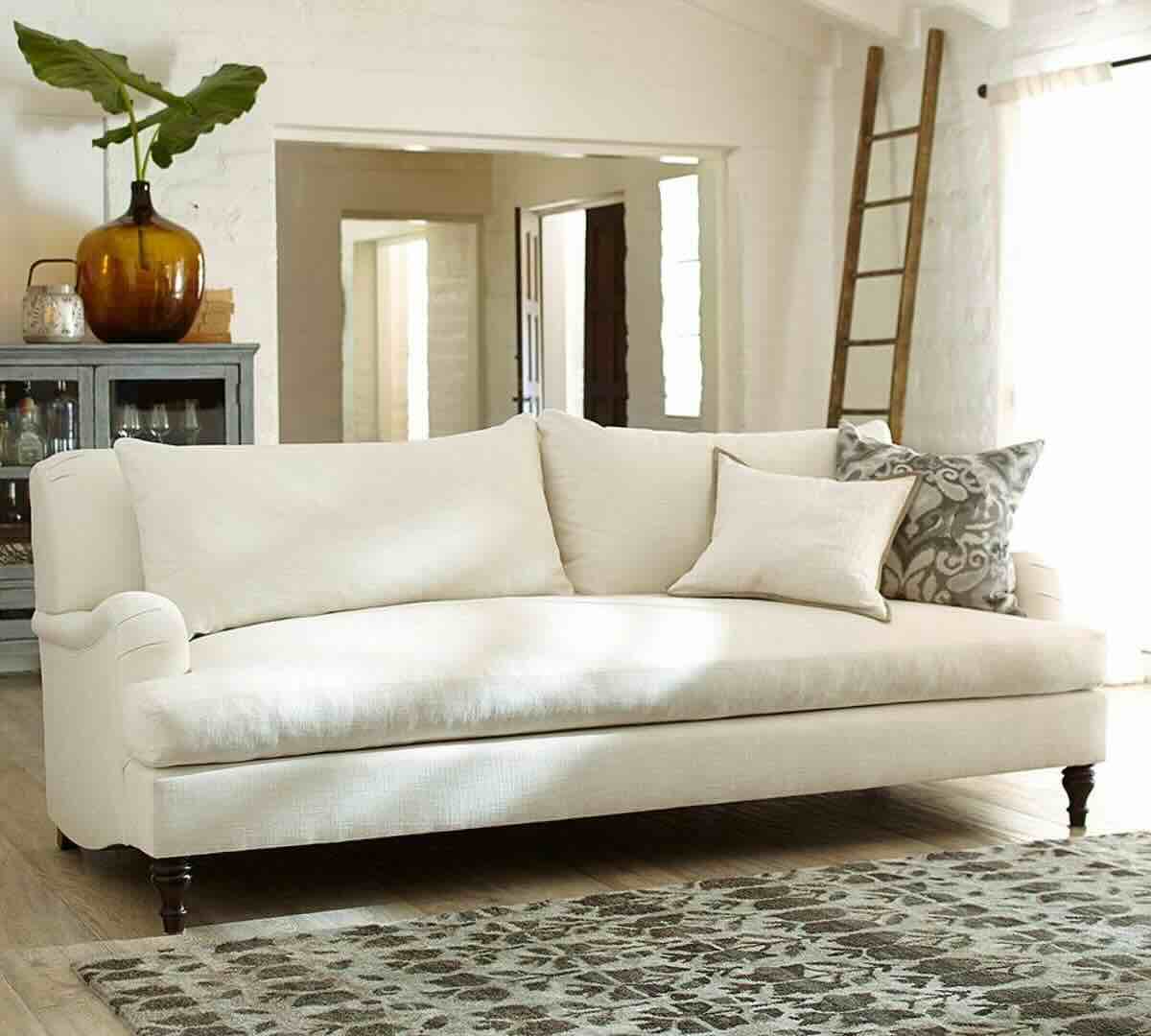


0 thoughts on “How To Store Couches In A Storage Unit”